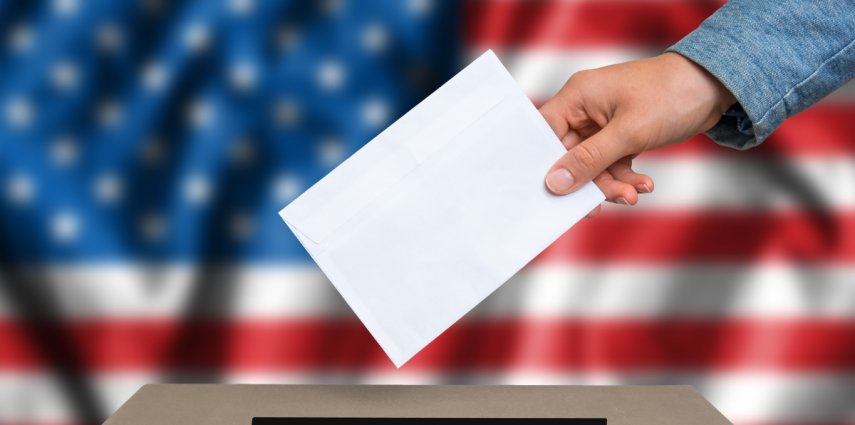The employment outlook under Donald Trump as the 47th president will depend on several key factors, including his administration’s economic policies, global economic trends, and post-pandemic economic stabilization. Here are a few of the anticipated directions based on Trump’s past policies and campaign pledges:
1. Job Growth Through Deregulation
Trump is likely to push for significant deregulation across sectors like energy, manufacturing, and finance. His previous administration emphasized reducing regulatory hurdles, which he argued allowed businesses to expand more freely and hire more workers. If these policies are reintroduced, we might see a focus on traditional industries such as fossil fuels, manufacturing, and construction, which could lead to job growth in those sectors.
Potential Impact:
• Positive: Could result in job creation in specific sectors by making it easier for companies to expand operations.
• Negative: May slow job growth in sectors dependent on clean energy and tech innovation if the administration’s priorities focus on traditional industries.
2. Tax Policy and Business Incentives
Trump has previously cut taxes for both individuals and corporations, aiming to stimulate economic growth by increasing after-tax profits and encouraging business investment. If similar tax cuts or incentives are introduced, companies might have more capital to invest in hiring, especially for high-income job sectors such as technology and finance.
Potential Impact:
• Positive: Increased business investment could spur job creation, especially in corporate and technical roles.
• Negative: If tax cuts lead to higher deficits, future administrations might need to counteract this with fiscal adjustments, potentially affecting job stability long-term.
3. Infrastructure Investment
Trump has shown interest in major infrastructure investments, such as improving transportation, broadband access, and energy systems. A large-scale infrastructure bill would create construction jobs and potentially lead to long-term employment in related fields, from engineering to project management.
Potential Impact:
• Positive: Potential for millions of new jobs in construction, skilled trades, and engineering, boosting employment and wages.
• Negative: Infrastructure projects could face delays due to funding challenges or opposition, slowing anticipated job creation.
4. Manufacturing and Trade Policies
Trump’s focus on reviving U.S. manufacturing includes measures like incentivizing companies to produce goods domestically and re-evaluating trade agreements to favor American jobs. These policies could benefit domestic manufacturing and potentially create more jobs in industries such as steel, automotive, and electronics.
Potential Impact:
• Positive: Stronger demand for U.S.-made products could increase manufacturing jobs and wages.
• Negative: Trade restrictions might increase costs for goods, affecting consumer spending and job creation in retail and service sectors.
5. Immigration Policy and Labor Market Impact
Stricter immigration policies were a hallmark of Trump’s previous term and may be reinstated. This can impact sectors heavily reliant on immigrant labor, such as agriculture, hospitality, and healthcare.
Potential Impact:
• Positive: Some argue this could increase wages for domestic workers by reducing labor competition.
• Negative: Certain industries might face labor shortages, especially those dependent on seasonal and lower-wage workers, which could slow job growth in these sectors.
6. Global Economic Conditions and Automation Trends
Beyond domestic policy, global economic shifts and advancements in automation will also influence the U.S. employment landscape. Automation is likely to affect job availability in manufacturing and retail, regardless of administration, as companies adopt technology to streamline operations.
Potential Impact:
• Positive: Investment in job retraining and technical education could prepare workers for high-tech and skilled jobs.
• Negative: Lower-wage positions may be especially vulnerable to automation, potentially leading to reduced employment in sectors like retail and manufacturing.
Our Take-a-way: It will be A Mixed Employment Outlook
While Trump’s administration could stimulate job growth in certain sectors through deregulation, tax incentives, and infrastructure investment, the overall employment outlook will vary depending on the balance between traditional industry support and new technology sector growth. Challenges may arise in sectors vulnerable to labor shortages or automation, which might limit job gains in certain areas.
It’s a mixed outlook, but these policies suggest an emphasis on reviving traditional industries while potentially moderating job growth in tech and clean energy. The success of these strategies will likely depend on both domestic economic responses and global market stability.
Author
AEP III
11/12/2024


